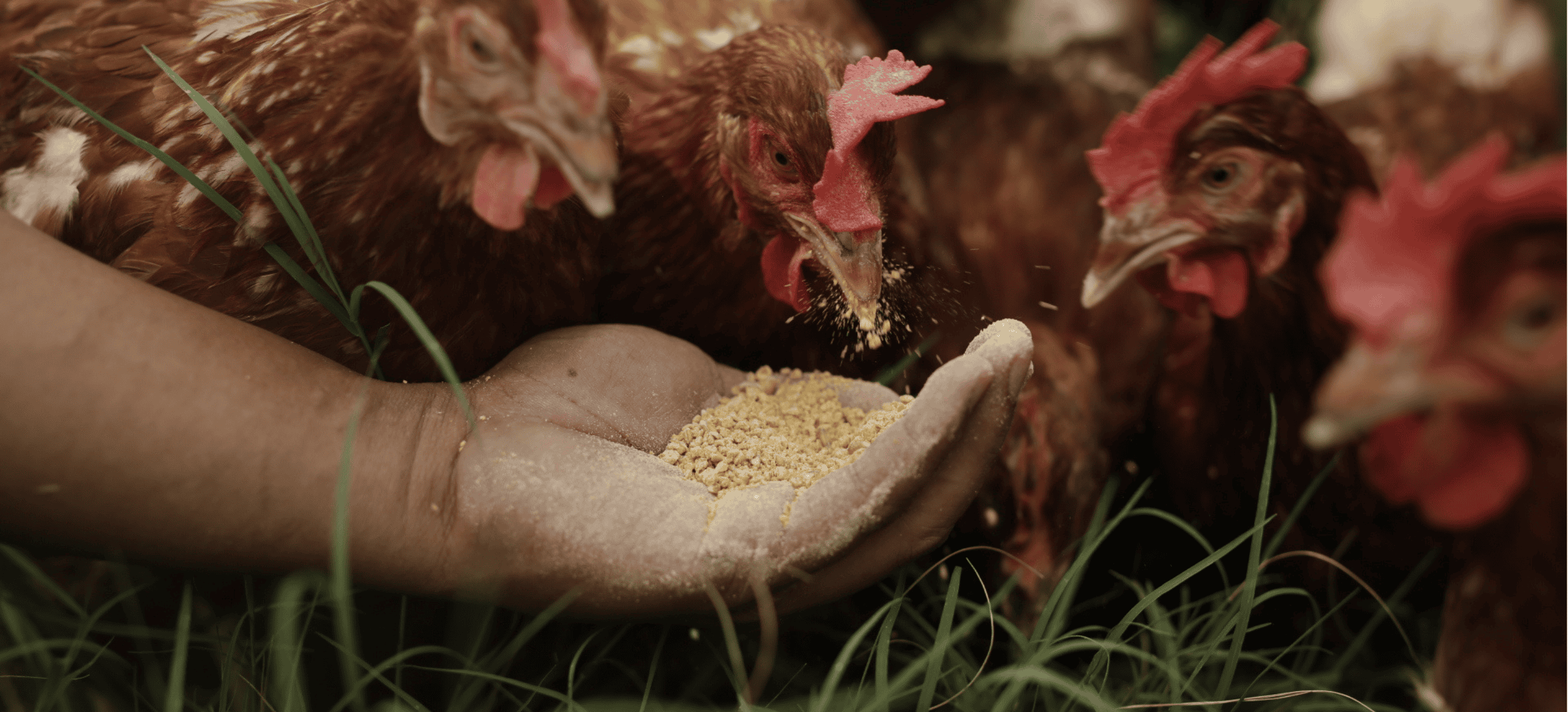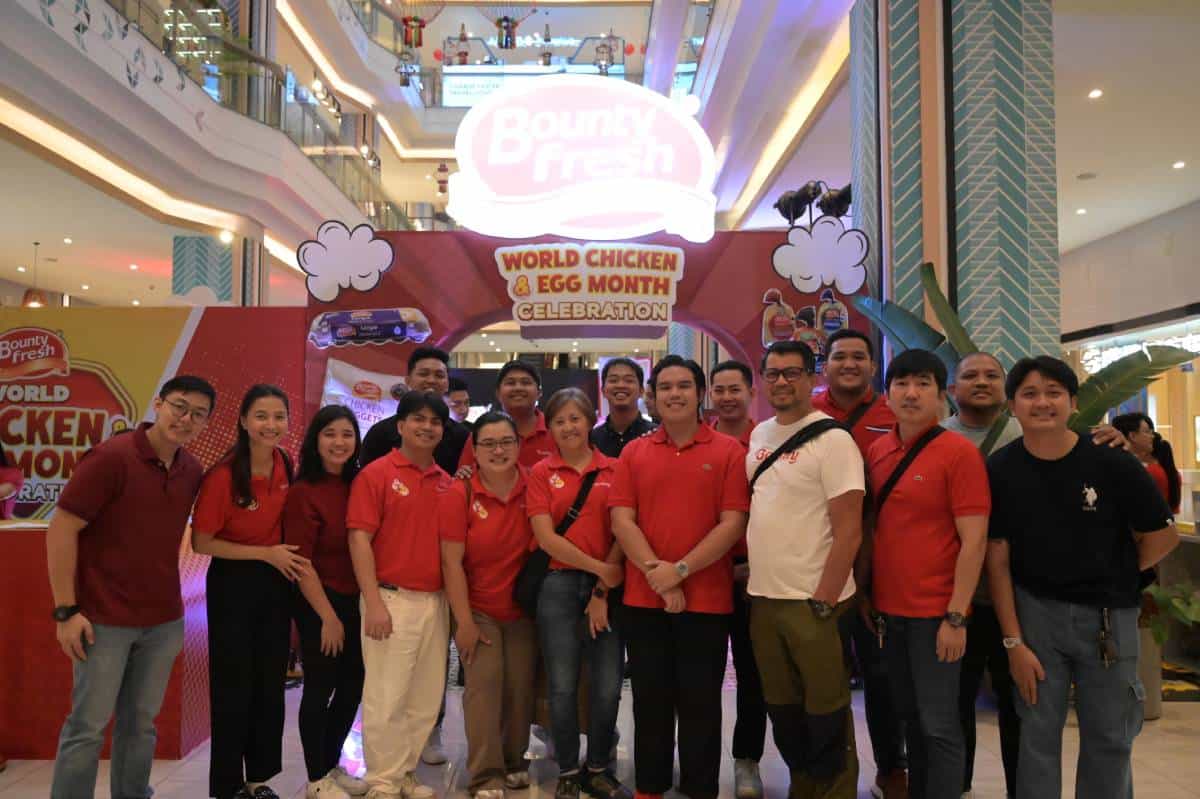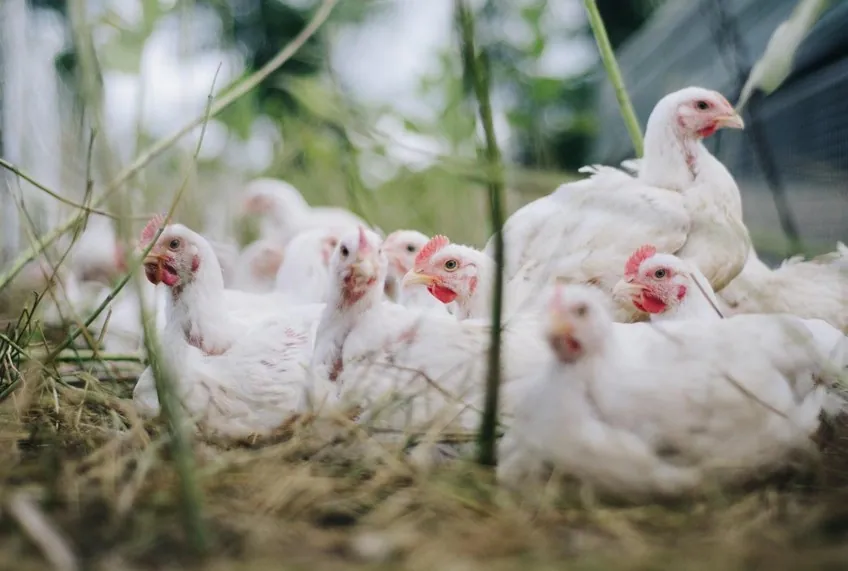Starting a business, no matter the industry, always requires a blend of planning, preparation, and research. In the poultry industry, these factors are even more critical due to the delicate nature of livestock and the scale of operations involved. If you want to venture into poultry farming in the Philippines, you’re entering an industry deeply embedded in Filipino food culture. Whether it’s the ever-present fried chicken, “adobo,” or chicken “tinola,” poultry remains a staple in Filipino households and eateries across the country. With the demand for chicken products consistently high, starting a poultry business is not just viable; it’s strategic.
However, like any business, success in poultry farming requires careful steps to ensure your farm thrives and remains competitive. Here are five easy steps to guide you in setting up, managing, and growing your poultry farm in the Philippines.
But Before You Start…
Before discussing the specifics, it’s important to emphasize the value of research. Although the poultry business may seem straightforward, it has its complexities, from raising the birds to marketing and managing logistics.
Gaining a solid understanding of the market and current trends will give you a clearer picture of the opportunities and challenges ahead. Visit existing farms, speak with poultry business owners, and look into the market demand for poultry products in your target area. This first step will provide insight into operational needs, financial requirements, and the industry’s regulations.
STEP 1: Choose Your Poultry Farming Method
The first decision you’ll need to make is whether to focus on broiler production (raising chickens for meat) or layer production (raising chickens for eggs). Both methods have unique advantages: broiler farming offers quicker returns, with chickens reaching market weight in six to eight weeks, while layer farming provides a steady income through ongoing egg production. Your choice should align with your goals, market demand, and available resources.
STEP 2: Plan Your Poultry Farm Layout
Planning a poultry farm layout is crucial for maximizing efficiency, productivity, and animal welfare. Consider these steps:
- Site Selection: Choose a location that is easily accessible for transporting feed, poultry, and products. Ensure a reliable and clean water source, along with good drainage to maintain hygiene and prevent waterlogging.
- Farm Design & Layout: Include essential structures: a heated, ventilated brooder house for chicks, layer or broiler houses, ventilated feed storage, and an area for egg collection (for layer farms). Set up Operational Areas for veterinary checks, quarantine, and waste management. Ensure Space Requirements align with optimal stocking density for your poultry type and farm size.
- Ventilation and Climate Control: Design buildings with effective ventilation systems to maintain proper temperature and humidity levels, using natural ventilation options or mechanical systems as needed.
Utilities and Infrastructure: Ensure the layout includes plans for electricity and plumbing to support daily operations and establish a maintenance area for equipment and tools.
STEP 3: Set Up Feeding and Water Systems
Choose between automatic or manual feeding systems based on your budget, ensuring feeders are easily accessible to minimize waste and support steady growth. Install a reliable water supply with automatic drinkers to provide your poultry with consistent, easy access to clean water, essential for their health and productivity.
STEP 4: Strengthen Biosecurity Measures
Create barriers and controlled access points to minimize disease spread, essential for maintaining a healthy flock and preventing costly outbreaks. Design areas for footbaths and disinfection stations at all farm entrances to reduce the risk of contaminants entering. Regularly sanitize equipment, enforce strict hygiene protocols for farm personnel, and establish a visitor policy to further safeguard your poultry.
STEP 5: Plan Future Expansion and Infrastructure
Design your layout to allow space for potential expansion or the addition of new structures and facilities as your farm grows. Plan for essential utilities such as electricity and plumbing to support daily operations, and designate an area for maintaining equipment and tools.
About Contract Growing
Another option to consider as you grow your poultry business is contract growing. Contract growing is a partnership between a farmer who owns an existing poultry farm (or wishes to invest in one) and a chicken production and processing company like Bounty Philippines. As the contract grower, you rear the chickens while the company provides all the necessary inputs, such as chicks, feed, and medicine. The company will then buy the chickens back at a predetermined price when they’re ready for harvest.
This arrangement provides a safety net for your business—by partnering with a large company, you can mitigate market risks, secure a guaranteed buyer for your produce, and receive technical support to help optimize operations. The contract growing model allows you to focus on maintaining healthy chickens while leaving the marketing and processing to the company, making it an attractive option for farmers looking to scale.






